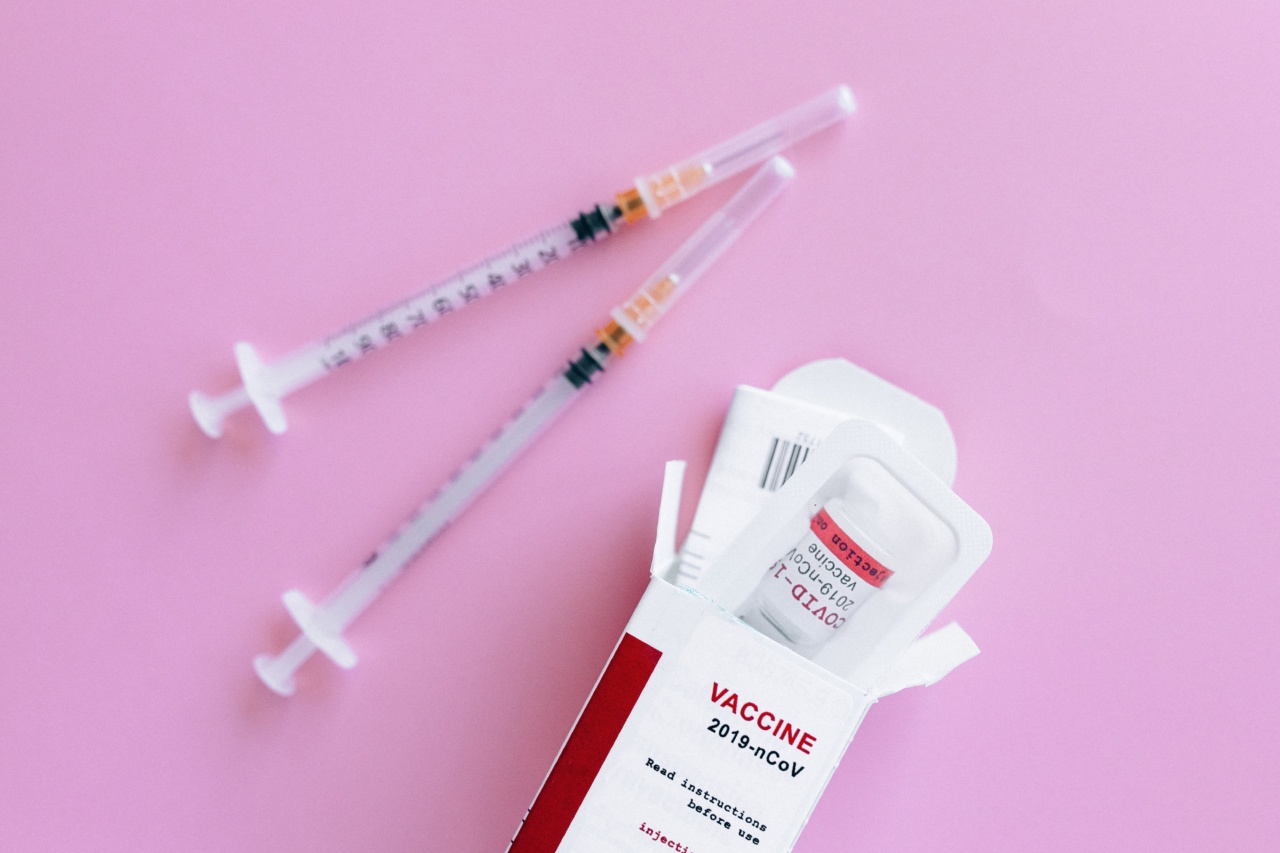Asthma is a chronic disease that affects millions of people worldwide. It is characterized by recurring episodes of wheezing, coughing, chest tightness, and shortness of breath.
While there are various treatment options available for asthma, not all patients respond to the same treatment method.
Challenges in Predicting Asthma Treatment Effectiveness
The effectiveness of asthma treatment can vary greatly from patient to patient. This presents a challenge for healthcare professionals who need to determine the most suitable treatment approach for each individual.
Currently, the process of finding an effective treatment involves a trial-and-error approach, where different medications and therapies are tried until one provides relief.
The New Method: Predictive Analytics
Advances in technology and data analysis have paved the way for a new method in predicting the effectiveness of asthma treatment – predictive analytics.
This method utilizes machine learning algorithms and statistical models to analyze patient data and predict the likelihood of a particular treatment being effective.
Collecting and Analyzing Patient Data
The first step in implementing predictive analytics for asthma treatment is the collection of patient data. This includes information such as medical history, symptoms, lung function tests, and response to previous treatments.
The data is then anonymized and fed into the predictive analytics system.
Developing Statistical Models
Next, statistical models are developed using the collected patient data. These models aim to identify patterns and correlations between patient characteristics and treatment outcomes.
Machine learning algorithms are used to train these models and improve their accuracy over time.
Validating the Models
Once the statistical models are developed, they need to be validated using additional patient data. This ensures that the models are reliable and can accurately predict treatment effectiveness.
The more data available for validation, the more robust and accurate the predictive models become.
Implementing Predictive Analytics in Clinical Settings
Once the predictive models have been validated, they can be implemented in clinical settings.
Healthcare professionals can input patient data into the system, and it will generate a prediction on the likelihood of different treatment options being effective for that specific patient.
Benefits of Predictive Analytics in Asthma Treatment
The introduction of predictive analytics in asthma treatment has numerous benefits. Firstly, it reduces the need for trial-and-error approaches, saving time and resources for both patients and healthcare providers.
Secondly, it can help identify effective treatment options for patients who have not responded to conventional therapies. This opens up new possibilities for personalized medicine and targeted treatment approaches.
Limitations and Future Directions
While predictive analytics shows promise in predicting asthma treatment effectiveness, there are some limitations to consider. The accuracy of the predictions relies heavily on the quality and quantity of the patient data available.
Additionally, the models need to be continuously updated and improved to keep up with advancements in asthma research and treatment options.
Conclusion
Predictive analytics has the potential to revolutionize asthma treatment by providing personalized and effective treatment options for patients.
By harnessing the power of data analysis and machine learning, healthcare professionals can make more informed decisions and improve patient outcomes. However, further research and validation are needed to fully integrate predictive analytics into clinical practice.





























